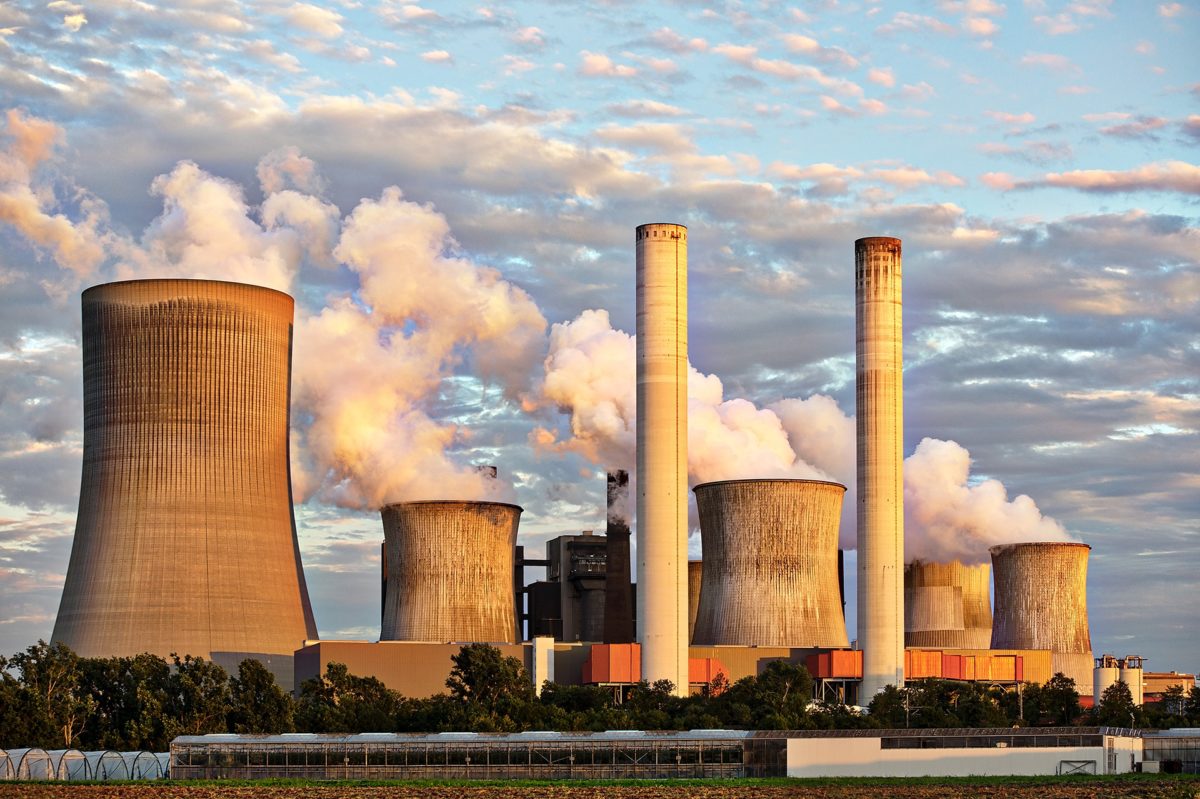After Engie made headlines earlier today by revealing plans to sell 2.3 GW of coal-fired generating capacity in Germany and the Netherlands to New York-based energy investor Riverstone Holdings LLC, the “exit from coal” story continues with RWE, one of Germany’s “big four” utilities.
RWE has revealed that it will abandon its plans to build a new lignite power station at its existing Niederaussem site in North-Rhine Westphalia, Germany. Since 2012, the utility has been working on a plan to replace its aging lignite coal generators with a newer, more efficient plant. The existing power stations at Niederaussem have a combined capacity of 1.2 GW and were meant to be replaced with a single 1.1 GW lignite-fired generator.
“We are aware of our responsibility and continue to drive the energy transition with resolve. New coal-fired power stations no longer have a place in our future-oriented strategy,” explained Rolf Martin Schmitz, CEO of RWE. “Following the completion of the transaction with E.ON, RWE will be one of the world’s leading renewable energy players.”
RWE also said that it will invest in renewable energy assets, storage solutions, and low-carbon technologies such as gas-fired power stations, in line with Germany’s climate goals and obligations under the European climate agenda. The company further highlighted that in the past six years, it has reduced its carbon emissions by 60 million metric tons, corresponding to a 34% reduction since 2012.
The German chapter of Friends of the Earth, Bund für Umwelt und Naturschutz Deutschland (BUND), commented on RWE's announcement and expressed skepticism about whether climate considerations had truly informed the utility's decision. Tina Löffelsend, an energy expert at BUND, said that “the climate-hostile project was bound for failure in either case. It has been clear for years that a new coal-fired power plant can neither be justified from a climate perspective nor an economic one. The abandonment was long overdue and is in itself not yet a certificate for taking climate responsibility. If RWE is serious about its climate responsibility, it would need to close its old power stations in Neurath and Niederaussem as of 2020.”
Popular content
The European Commission recently released statistics suggesting that the Niederaussem power station was Europe’s third-largest CO2 emitter in 2018, with 25.9 million tons of carbon dioxide. RWE also holds the second ranking in the EC's list of top emitters with its Neurath power station, which is located very close to the Niederaussem site. In 2018, Neurath emitted 32 million tons of carbon dioxide into the atmosphere.
Löffelsend added that Germany’s “coal commission”, which has a say in the country’s schedule for its planned exit from coal-fired power generation, has advised that 3 GW of old lignite generators could be decommissioned. The coal commission concluded in January of this year that Germany should aim for a complete coal exit by 2038, though this is only a recommendation, not a law. Löffelsend believes it is now RWE’s turn to follow the recommendation and decommission its old lignite fleet, partly to prevent the country's lignite coal pits from expanding.
RWE made headlines in Germany several months ago when its lignite coal pit expansion was reaching the border of one of Germany’s oldest pristine forests, the Hambach Forest. More than 50,000 activists protested against the clearing of woodlands and partially occupied the trees in the area. The demonstrations sparked debate around when and how Germany should exit from coal.
This content is protected by copyright and may not be reused. If you want to cooperate with us and would like to reuse some of our content, please contact: editors@pv-magazine.com.



8 comments
By submitting this form you agree to pv magazine using your data for the purposes of publishing your comment.
Your personal data will only be disclosed or otherwise transmitted to third parties for the purposes of spam filtering or if this is necessary for technical maintenance of the website. Any other transfer to third parties will not take place unless this is justified on the basis of applicable data protection regulations or if pv magazine is legally obliged to do so.
You may revoke this consent at any time with effect for the future, in which case your personal data will be deleted immediately. Otherwise, your data will be deleted if pv magazine has processed your request or the purpose of data storage is fulfilled.
Further information on data privacy can be found in our Data Protection Policy.